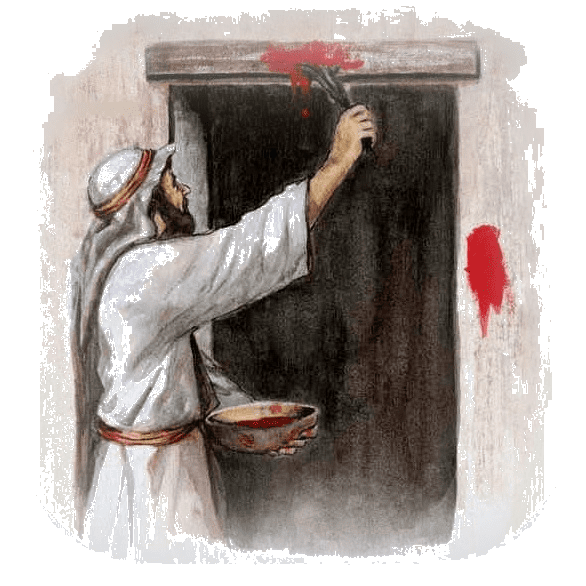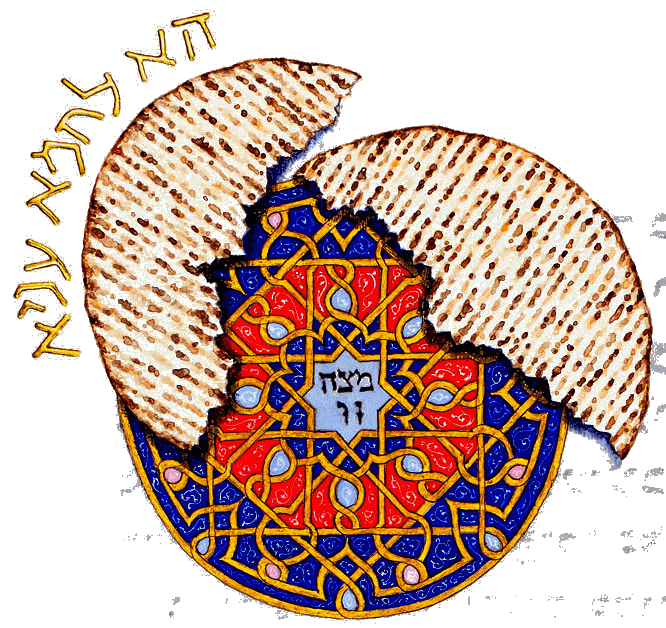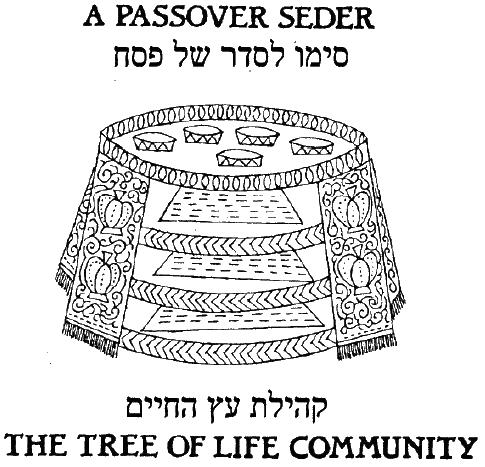Passover
Sabbath 
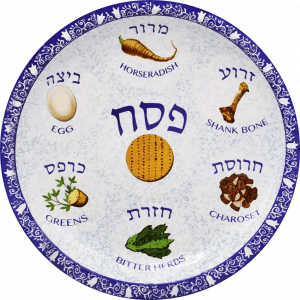 Appointed Times #1-3
Appointed Times #1-3  Shavuot
Shavuot
(Click arrows above to go back or forward in Appointed Times thread)
Passover (פסח), the oldest and first of the three Biblical Pilgrim Festivals, celebrates God’s deliverance of the Hebrews from slavery in Egypt and his creation of the Israelite people. Jesus fulfilled the Passover when he instituted the Lord’s Supper during the Seder and was sacrificed the following day as the Paschal Lamb for the sins of mankind.
“In the first month, on the fourteenth day of the month at twilight, is the LORD’s Passover.” Leviticus 23:5
From His Kingdom Press book, The Biblical Festivals. See links below for more information.
PASSOVER פסח and THE SEDER סדר
Our Jewish-Christian Haggadah ההגדה

“In the first month, on the fourteenth day of the month at twilight, is the LORD’s Passover.” Leviticus 23:5
Passover (פסח), perhaps the oldest and most preeminent of the Jewish Pilgrim Festivals, is based on the observances of ancient Israel preserved primarily in Exodus 12-14 in which Israelites celebrated their deliverance by God from slavery in Egypt. Although the preceding chart refers to Rosh Hashanah (which means “the Head of the Year” in Hebrew) as one of four Jewish New Years (this one for People), the month of Nisan in which Passover takes place is identified as the first month of the New Year for Jewish Kings:
“This month shall be for you the beginning of months. It shall be the first month of the year for you. … This day shall be for you a memorial day, and you shall keep it as a feast to the LORD; throughout your generations you shall observe it as an ordinance forever.”
Exodus 12.2, 14
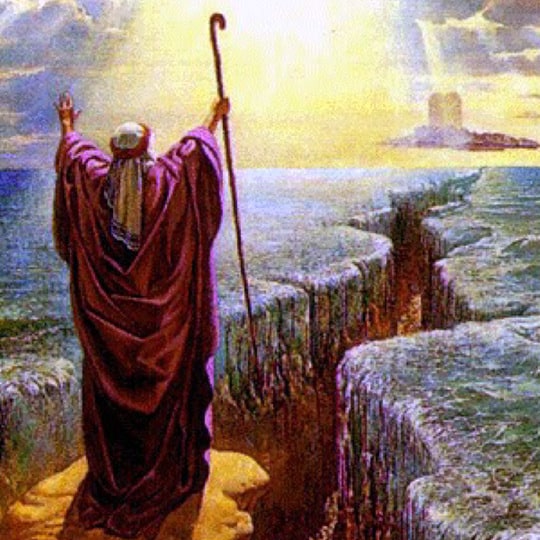
Moses parting the Red Sea
Celebrating the Lord’s Passover
The term Passover refers to the tenth and final plague, the death of all the firstborn of Egypt, God brought upon the Egyptians to persuade Pharaoh to let the people go. In obedience to God’s instructions through His servant Moses, those who believed placed the blood of an unblemished lamb on the door posts of their homes, so that God would “pass over” those homes.
The festival actually celebrates the entire sequence of events that led to and culminated in the Israelites’ freedom from slavery. While based in those Biblical events, the celebration encompasses much more as it becomes a vehicle to celebrate the very nature of God and His gracious work in the world. It is in this larger dimension that Jesus (ישוע) adopted the Passover service as a sacramental remembrance of God’s new work of deliverance in the Messiah (המשיח), and allows believers in Christ to celebrate this ancient festival, together with the associated Feasts of Unleavened Bread and Firstfruits described in the following paragraphs, with even deeper meaning.
Much more detail about Passover and its celebration can be found in the background, Seder preparations, and Haggadah presented in the latter half of our book on The Biblical Festivals, some of which is available for viewing through the links in this sentence and highlighted in tabs at the bottom of this page.
CHAG HAMOTZI חג המוצי
The Feast of Unleavened Bread
“On the fifteenth day of that month [Nisan] the LORD’s Festival of Unleavened Bread begins; for seven days you must eat bread made without yeast. On the first day hold a sacred assembly and do no regular work. For seven days present a food offering to the LORD. And on the seventh day hold a sacred assembly and do no regular work.”
Leviticus 23:6-8
The week starting with and immediately following Pesach or Passover is dedicated to the personal and corporate discipline and symbolic purification of the Feast of Unleavened Bread. It commemorates the flight of all those who heeded Moses’ warning, gathered up their bread dough for the journey before it had risen (unleavened), and left Egypt after death “passed them over” the night before. Symbolically, they were leaving behind “the leaven of the Egyptians” – all the sinful ways that their lives had become entangled in the world – and heading by faith for a Promised Land yet to be revealed.
Celebrating this feast is a good reminder, not only of God’s grace in calling us out of darkness into His light but that it’s a God-sized job to get the world’s “leaven” out of the lives of slaves like us.
RESHIT KATZIR ראשית קציר or BIKKURIM ביכורים
The Feast of Firstfruits
Speak to the people of Israel and say to them, “When you come into the land that I give you and reap its harvest, you shall bring the sheaf of the firstfruits of your harvest to the priest, and he shall wave the sheaf before the Lord, so that you may be accepted. On the day after the Sabbath [that follows Passover] the priest shall wave it.”
Leviticus 23:10-11
The day after the first regular Sabbath during the Feast of Unleavened Bread in the week immediately following Passover is set aside in Leviticus to celebrate Reshit Katzir (Hebrew for “firstfruits” of the barley harvest) representing the bounty of God’s provision in the Promised Land. Many in the Jewish community celebrate on the second day of Pesach.
The closest thing to the Feast of Firstfruits that the Christian community observes would be the festivities of Easter (named for Ishtar, the pagan goddess of fertility). At this time Christians celebrate Christ’s resurrection as the “firstfruits” from the dead on the first day of the week (Sunday) following His Last Supper, the Passover Seder meal that Jesus shared with His disciples, saying “Do this in remembrance of Me,” before being crucified as our Passover lamb. The sequence is perfect, since Resurrection Day was Reshit Katzir that year (see “Jesus fulfills the promise of Passover” chart on Pages 58-59).

